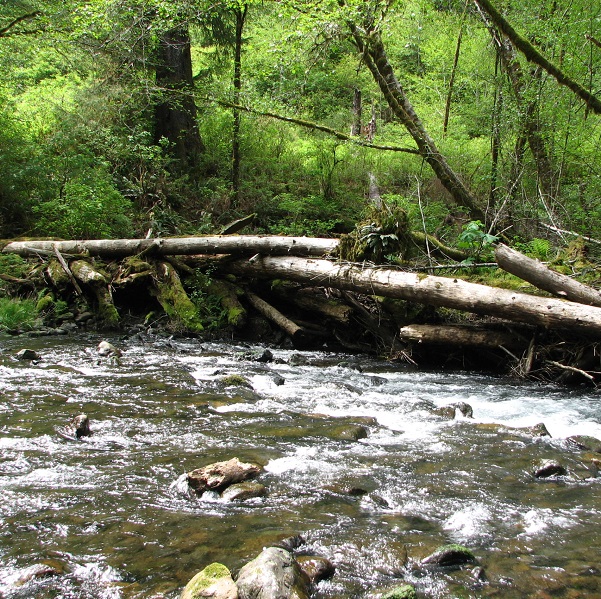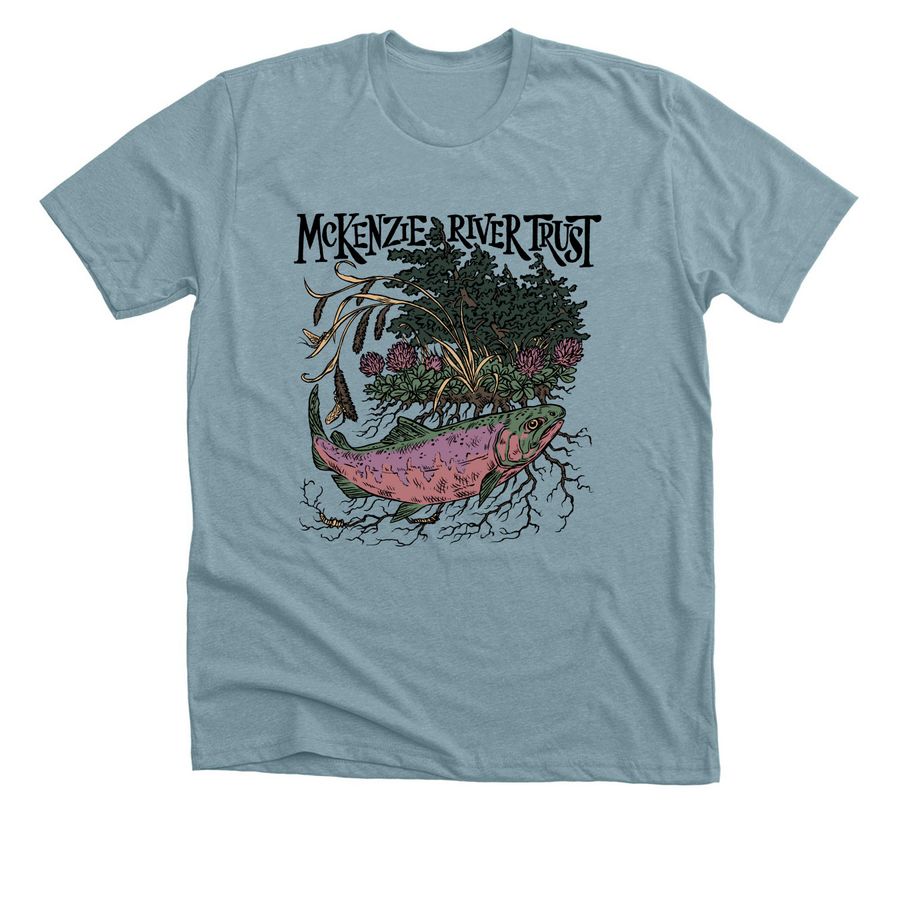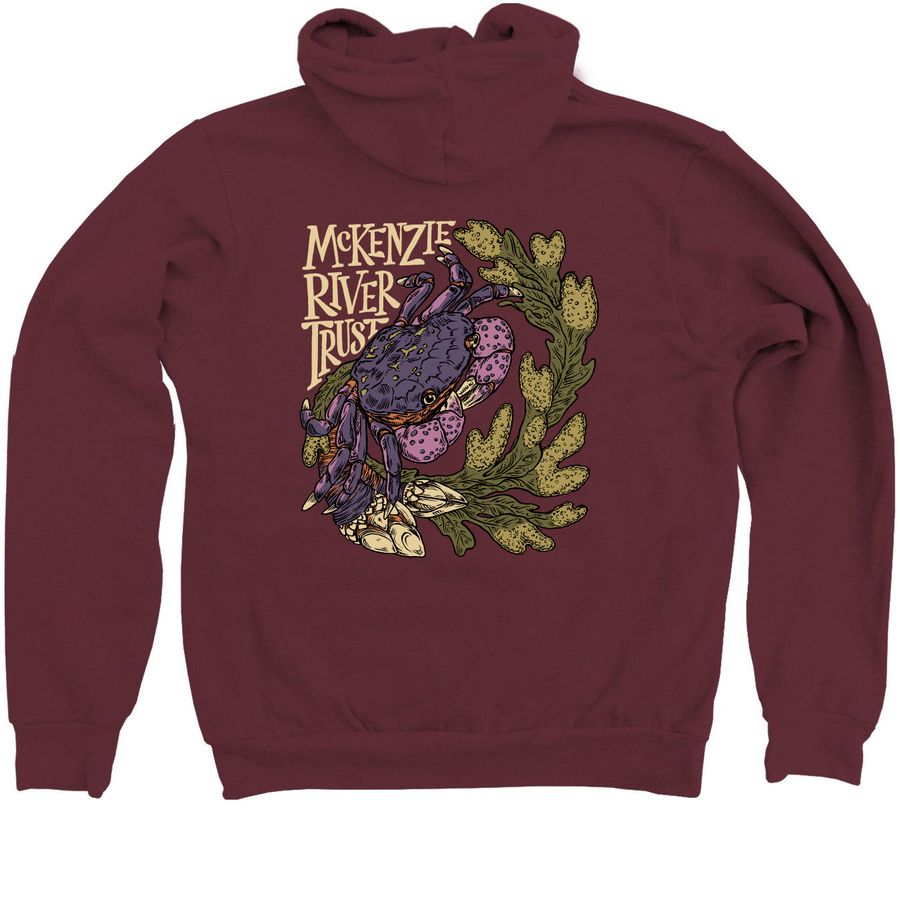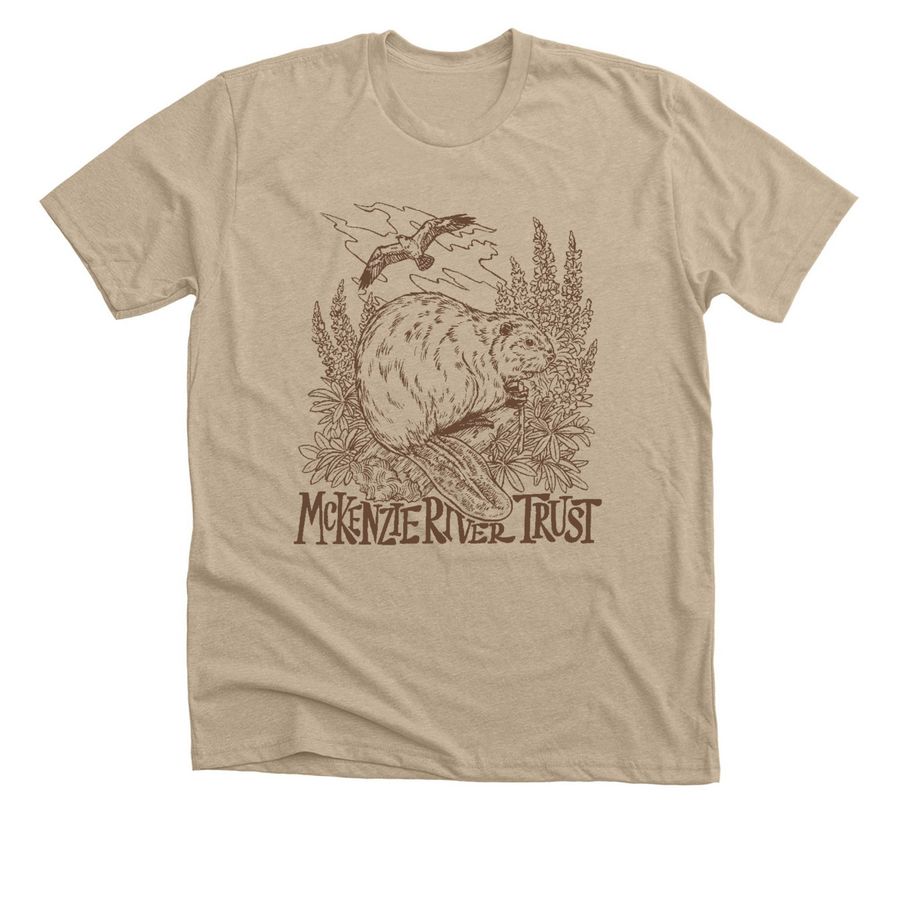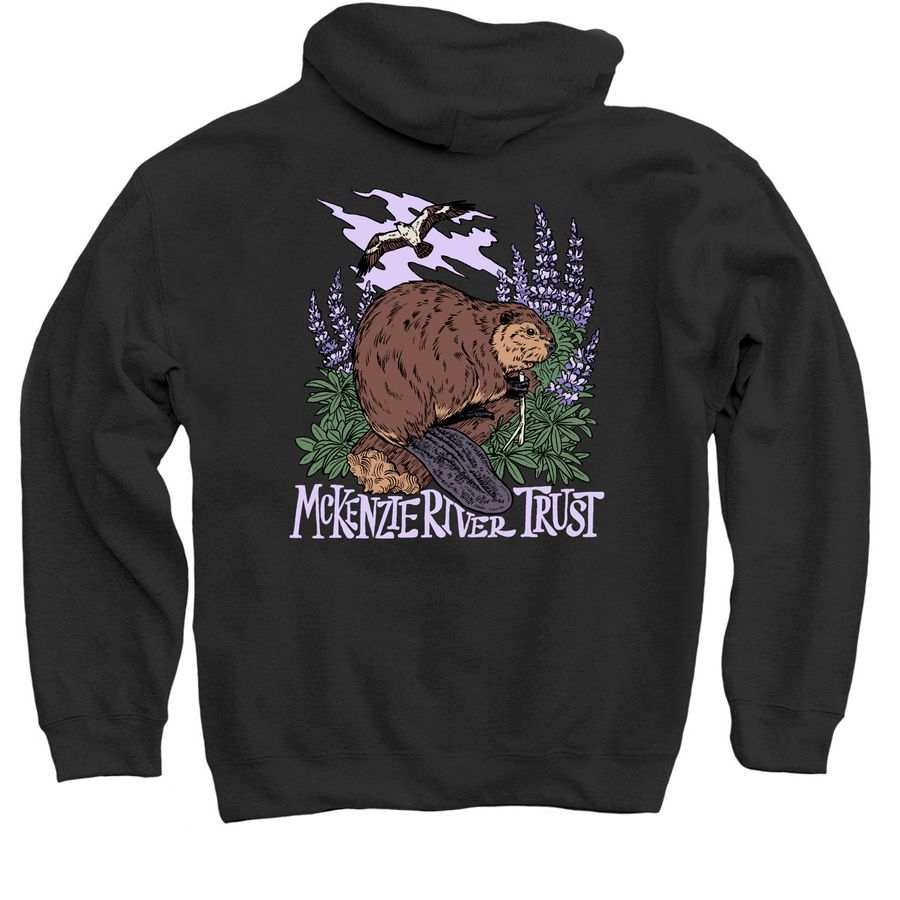Tenmile Creek
Easement
Tenmile Creek Conservation Easements represent six landowners that worked with McKenzie River Trust to place conservation easements on nine parcels of land totaling about 475 acres, or roughly 70% of the private lands in the Tenmile Creek drainage.
This is strictly voluntary conservation, achieved through willing landowners who desire to see the diverse habitat values of their property protected forever.
The Ten Mile Creek area provides one of the best remaining examples of temperate rainforest found in Oregon’s Coastal Range. This project area is strategically located adjacent to two existing wilderness areas. Adding protection to lands within this complex will increase the biological integrity of the entire area. I have observed bald eagles, marbled murrelets, and Northern spotted owls within this watershed. A unique feature of Ten Mile Creek is that it provides nesting habitat for Harlequin ducks. The nearshore area is an important wintering area where Harlequins congregate during the winter.
The lowland riparian and Sitka spruce/western red cedar forests are unsurpassed in their beauty while providing excellent habitat for fish and wildlife associated with the aquatic system. Wild fish stocks include coho salmon, winter steelhead, and coastal cutthroat trout.
While a good portion of the private lands in the watershed have been acquired by the USFS, these landowners have chosen to retain private ownership, believing that they may be equal or superior stewards of this important habitat. Most restoration efforts, such as the Oregon Plan, rely heavily on private stewardship. The public benefits from this relationship. No public funds are required to manage or maintain these lands; the landowner is assuming that responsibility. The public investment in the surrounding public lands is protected. Visitors to the many public acres in the Tenmile watershed enjoy benefits of this private stewardship: an unbroken vista and incredible wildlife and fish runs. Permanently protecting these lands now means all of these benefits will be enjoyed not only by our generation but all the generations to come.
